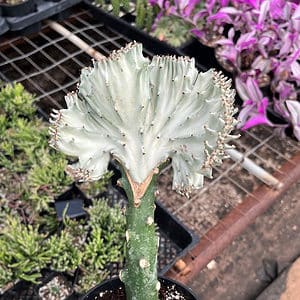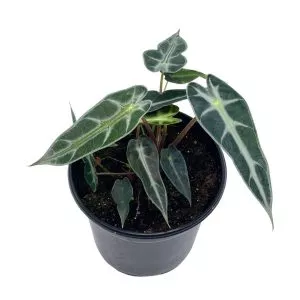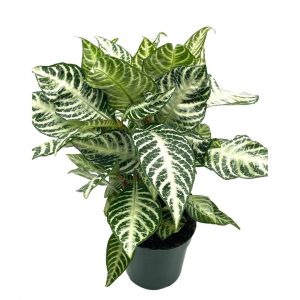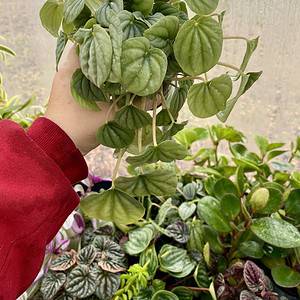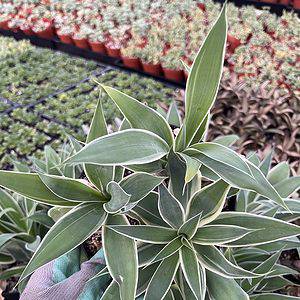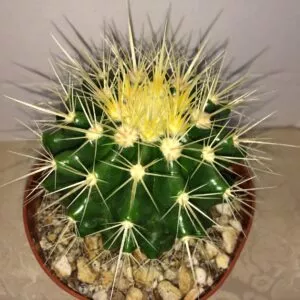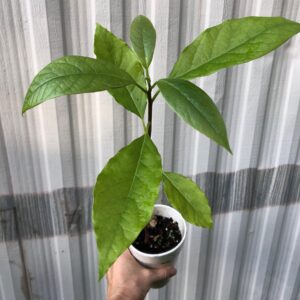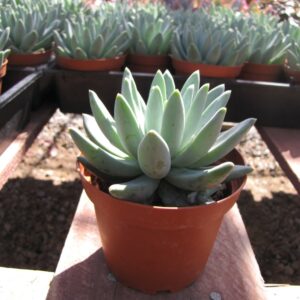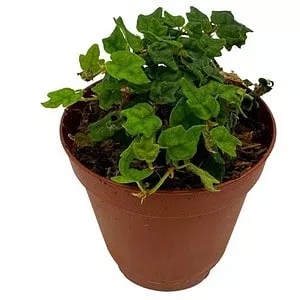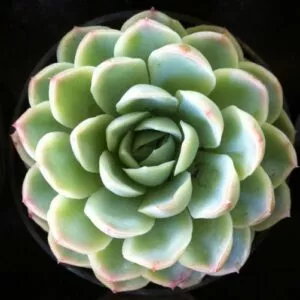No products in the cart.
Table of Contents
Warning:
Planting new green ash trees is no longer advisable due to their high susceptibility to infestation by the emerald ash borer.
Destructive pests can fatally damage an ash tree within 3 to 5 years by feeding under the bark and burrowing into the wood, making eradication difficult.
However, if you already have a green ash tree in your backyard or garden, continue reading for its care guide and pest management.
Key Takeaways:
Soil: Green Ash trees are adaptable to various soil types but thrive in well-drained soil. Ensure proper drainage to prevent fungal diseases.
Lighting: Plant in a location with total sun exposure and ample space to avoid structural damage from root and branch growth.
Watering: Young trees require more frequent watering for establishment, while mature trees are drought-tolerant. Monitor water levels and avoid prolonged water submersion.
Temperature and Humidity: Green Ash trees tolerate a wide range of temperatures and are cold-hardy. Protect young seedlings from excessive moisture and winds.
Fertilizer: Apply balanced tree fertilizer to healthy trees following product instructions. Avoid fertilizing stressed trees to prevent further harm.
Pruning: Prune Green Ash trees in fall to remove dead or diseased branches and promote air circulation. Use appropriate tools and techniques to maintain tree structure.
Propagation: Propagating from seeds is possible but challenging due to the lengthy cold stratification process. Consider growing from seeds in controlled environments.
Similar Varieties: Explore other Ash tree varieties like Black Ash and White Ash, each with unique characteristics and hardiness zones.
Borer Infestation: Regularly inspect for signs of borers and treat young trees with insecticide. Seek professional help for more giant trees.
Emerald Ash Borer: Monitor for infestation signs and consult professionals for treatment options, including insecticide application.
Fungal Diseases: Watch for anthracnose, verticillium wilt, and leaf spot diseases. Prune infected branches and use fungicides as needed.
Ash Rust and Ash Yellows: Address weak trees promptly and treat them with appropriate fungicides or insecticide sprays.
Pest Management: Combat aphids, scale insects, and ash sawflies through regular inspection and application of insecticides.
Overall Care: Maintain tree health through proper watering, fertilization, and pruning. Implement cultural practices to minimize stress and enhance resilience against pests and diseases.
More About The Green Ash Trees
Fraxinus pennsylvanica, or Green Ash, has the broadest range of all native Ash species in North America, found from Florida to Texas and Nova Scotia to Alberta.
Growing up to 70 feet tall, it thrives in floodplains and streams, transitioning from a pyramidal shape in youth to rounded forms with irregular crowns in maturity.
Distinguished by its flowers appearing after foliage emergence, green and toothed leaflet undersides, and yellow fall foliage, green ash faces threats from the emerald ash borer but remains a popular choice for shade in public and private spaces, known also as Red Ash and Water Ash.
In stock In stock In stock In stock
$24.99
Sold By:
BubbleBlooms
$29.99Fern Variety Assortment, 6 different Fern plants, in 2 inch pots, Super cute, best gift, plant collection set, variety bundle
Rated 4.81 out of 5 based on 279 customer ratings00
Sold By:
BubbleBlooms
$29.99
Sold By:
Cacti and Exotica
5″ Euphorbia lactea crest grafted
Only 8 available and it’s in 3 people’s basket Rated 4.98 out of 5 based on 59 customer ratings00
Sold By:
Cacti and Exotica
$15.99
Sold By:
BubbleBlooms
Alocasia sanderiana, kris plant, Sander’s alocasia, in a 4 inch pot, very filled
Only 96 available and it’s in 4 people’s basket Rated 4.81 out of 5 based on 279 customer ratings01
Sold By:
BubbleBlooms
$15.99
Sold By:
BubbleBlooms
zebra plant in a pot
Rated 4.81 out of 5 based on 279 customer ratings00
Sold By:
BubbleBlooms
Fraxinus Pennsylvanica Care
Soil
The Fraxinus species are not picky regarding soil pH levels and can grow in moist, fertile soil like sand and clay loam soil types.
Like most flora, it thrives better in well-drained soils, allowing the water to drain away from the roots, making it generally susceptible to fungal diseases.
As these trees are wind-pollinated, you will need a separate male and female tree.
The reason is you need the female and male flowers for pollination. Still, as mentioned, check your state regulations first.
Lighting
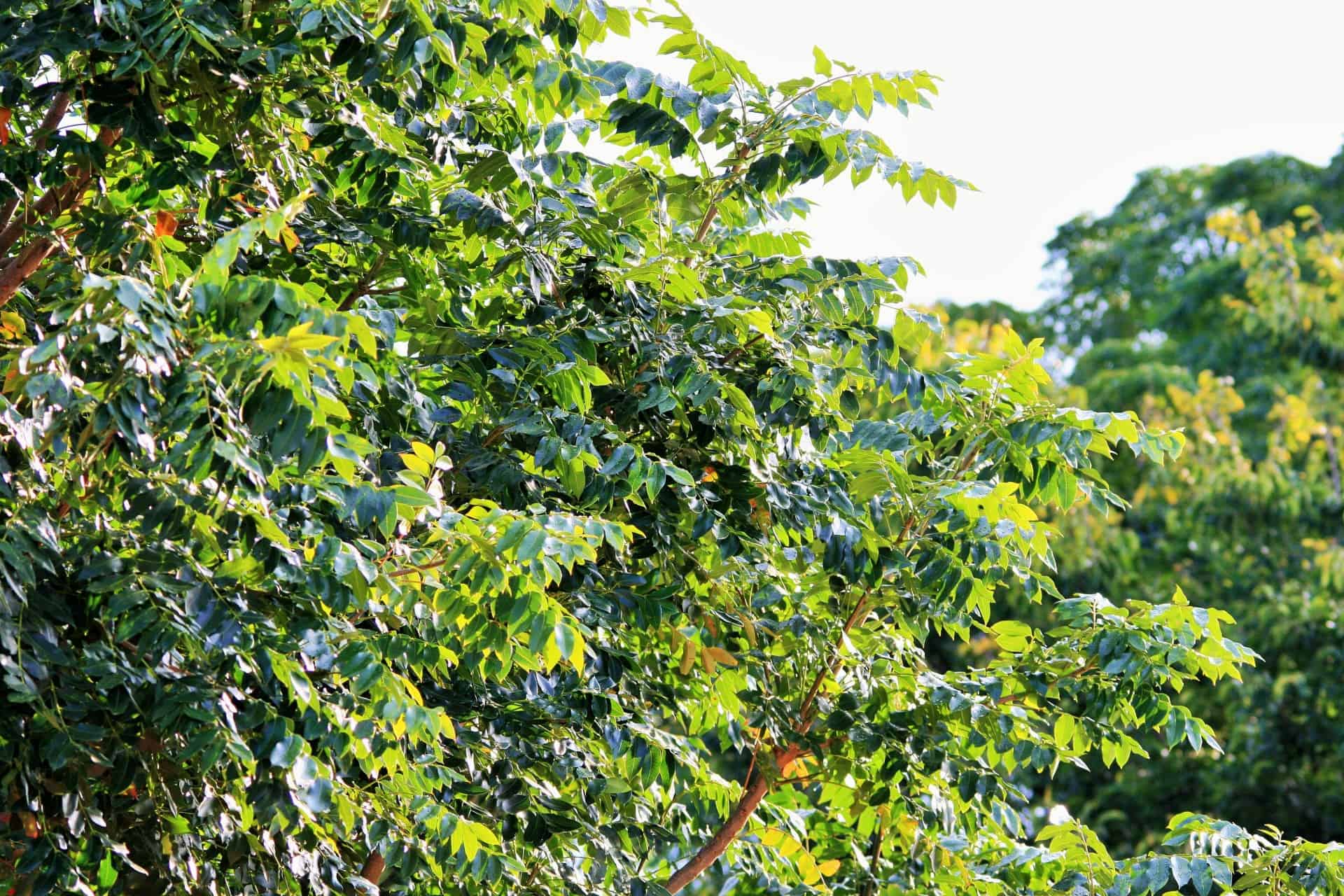
Plant your Green Ash; it helps to find a spot with full sun and not plant it too close to home or other structures. The reason is that the roots and branches can cause foundation damage. So, in some bright sun, you can make a hole twice the width of the root ball and about one foot deeper.
Then, add your quality soil around the roots, and remember to dig a small moat around the tree base to fill it with water.
Watering
Young trees need more watering to establish than mature trees that are pretty drought tolerant. The Fraxinus pennsylvanica Green Ash can tolerate short periods of water submersion during seasonal flood cycles.
Temperature and Humidity
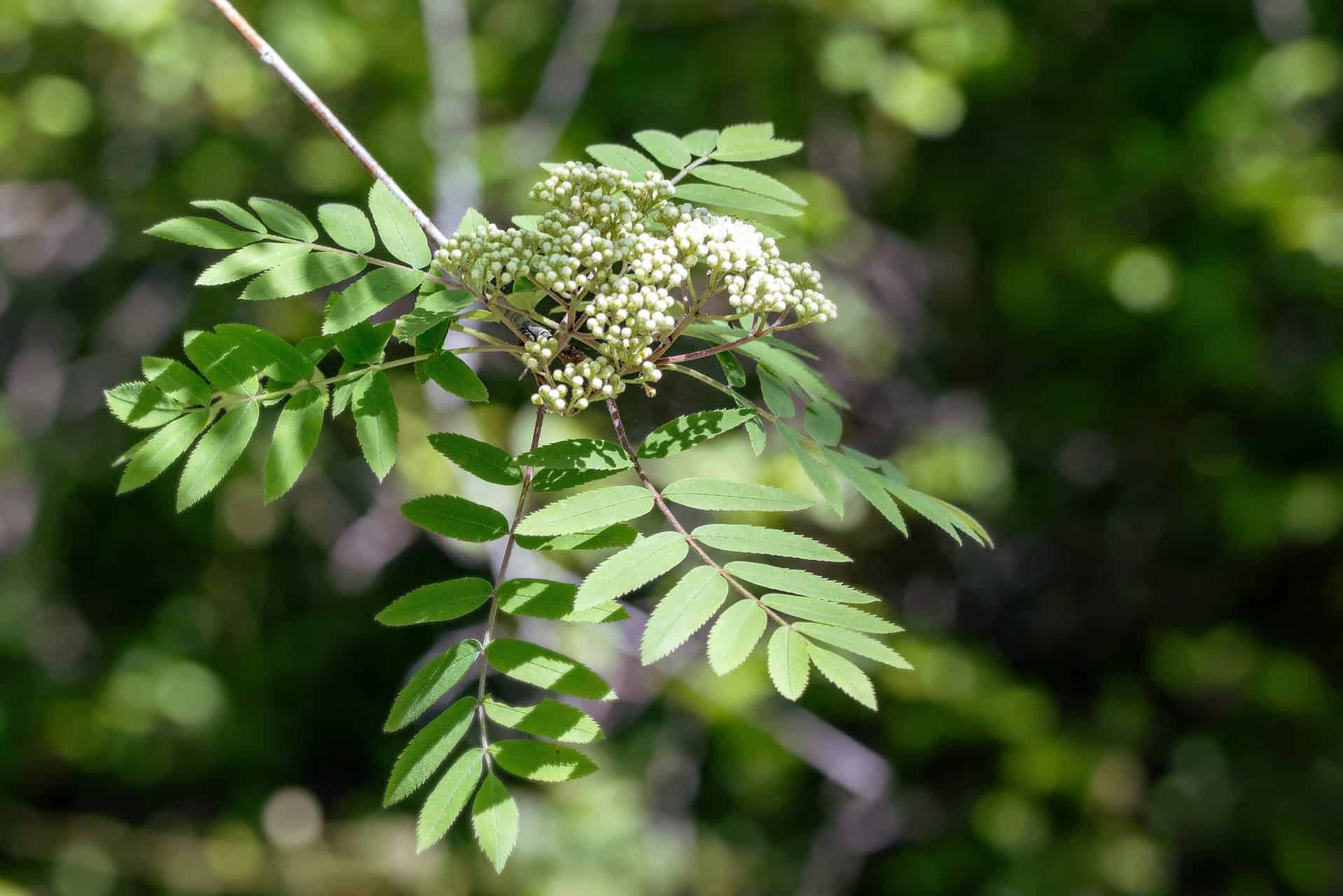
Green Ash, with its dark green leaves, is planted throughout the United States. Hence, Green Ash can tolerate different temperatures. Therefore, it is not only a drought-tolerant but also a cold-hardy species that can grow in USDA hardiness zones three to nine.
At first, you may need to protect ash seedlings from too-wet soil and high winds, providing them with a stake.
Fertilizer
When your tree looks healthy, you can fertilize it with a balanced tree fertilizer following the directions on the product. Ensure that your water is well after fertilizing your Green Ash. We recommend not feeding your Green Ash trees if they look unhealthy or stressed, which can result in more harm.
Instead, you can use a slow-release fertilizer with a decent phosphorus level for young trees.
Pruning
As the Green Ash can grow fast, pruning is recommended. The best time to prune is in fall when the leaves start dropping and your tree becomes dormant. Still, do the pruning before it snows, as it can damage the limbs.
To start pruning, it helps to find the central leader branch and trim around it. Then, you can remove dying, dead, or diseased branches from the base and work your way up. For the small branches, you can use small shears and a pruning saw for larger ones.
We recommend cutting back the branches to the node or at the first healthy join found next to a branch. For better air circulation, prune away small branches crossing over other branches. Also, remove the lower branches to the ground.
Propagation
Propagating your green ash is quickly done through cuttings but is not recommended, as the emerald ash borer is a problem. So, the best thing to do is to grow your Green Ash from seeds. But it is a time-consuming process and also a difficult task.
The reason is that the seeds need a repeated round of cold stratification for a long time, up to a year. The problem is that not all seeds are fertile and will take several attempts to sprout into seedlings.
If you have dried seeds, it helps to plant them a half inch deep into a pot with moist soil and then seal them in a plastic bag to chill for about three months. Then, you need to place the container warmly for another three months.
Next, chill it for up to three months in a plastic bag and repeat until you see the seeds sprouting.
In stock In stock In stock In stock
$18.00
Sold By:
Smoot's Farm
Peperomia Frost 2.5 Inch Pot Beautiful Live Silver Green Plant
Rated 4.89 out of 5 based on 27 customer ratings00
Sold By:
Smoot's Farm
$30.00
Sold By:
Cacti and Exotica
Agave attenuata–Ray of Light
Rated 4.98 out of 5 based on 59 customer ratings00
Sold By:
Cacti and Exotica
$8.99 – $55.99
Sold By:
Succulent Oasis
Golden Barrel Cactus or Echinocactus Grusonii Cactus
Rated 4.84 out of 5 based on 352 customer ratings01
Sold By:
Succulent Oasis
$17.95
Sold By:
SunSoul Plants
$23.95Avocado seedlings potted in 5″ pot, young starter plants
Only 3 available and it’s in 1 people’s basket Rated 4.87 out of 5 based on 98 customer ratings00
Sold By:
SunSoul Plants
Ash Tree Similar Varieties
You can find different popular Ash trees available to plant in the garden.
Fraxinus nigra
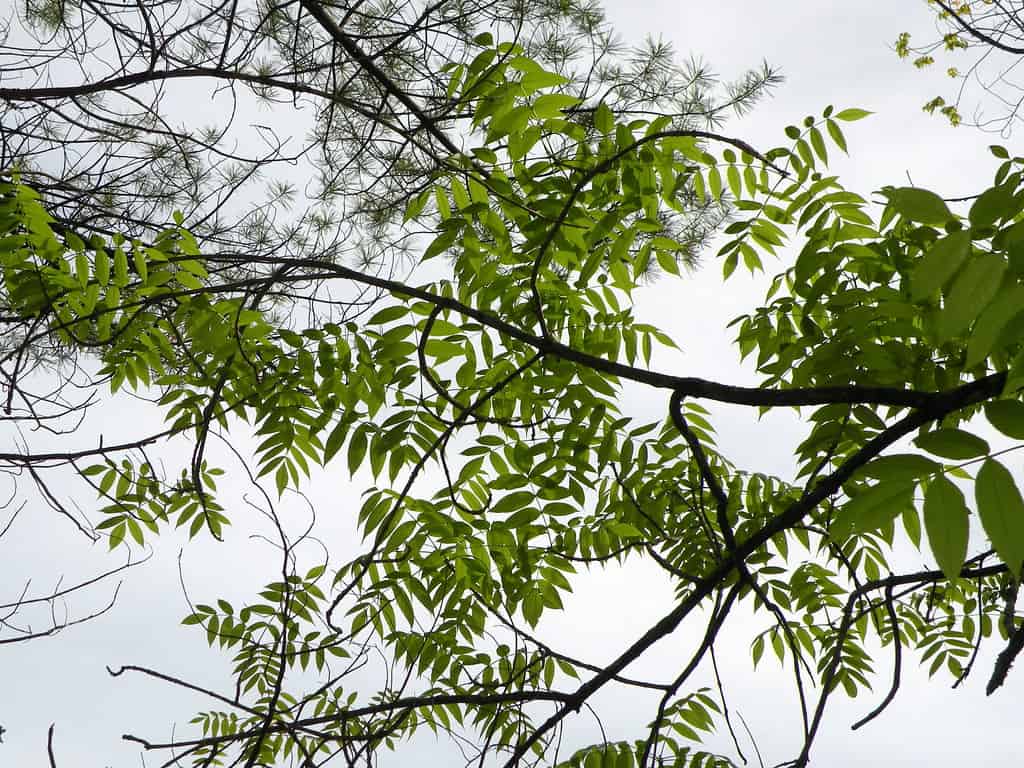
The Black Ash grows to 50 feet tall, with leaves turning yellow in fall. It is hardy in the USDA zones two to six, and the birds feast on the berries and deer moose on the branches and foliage.
Fraxinus Americana
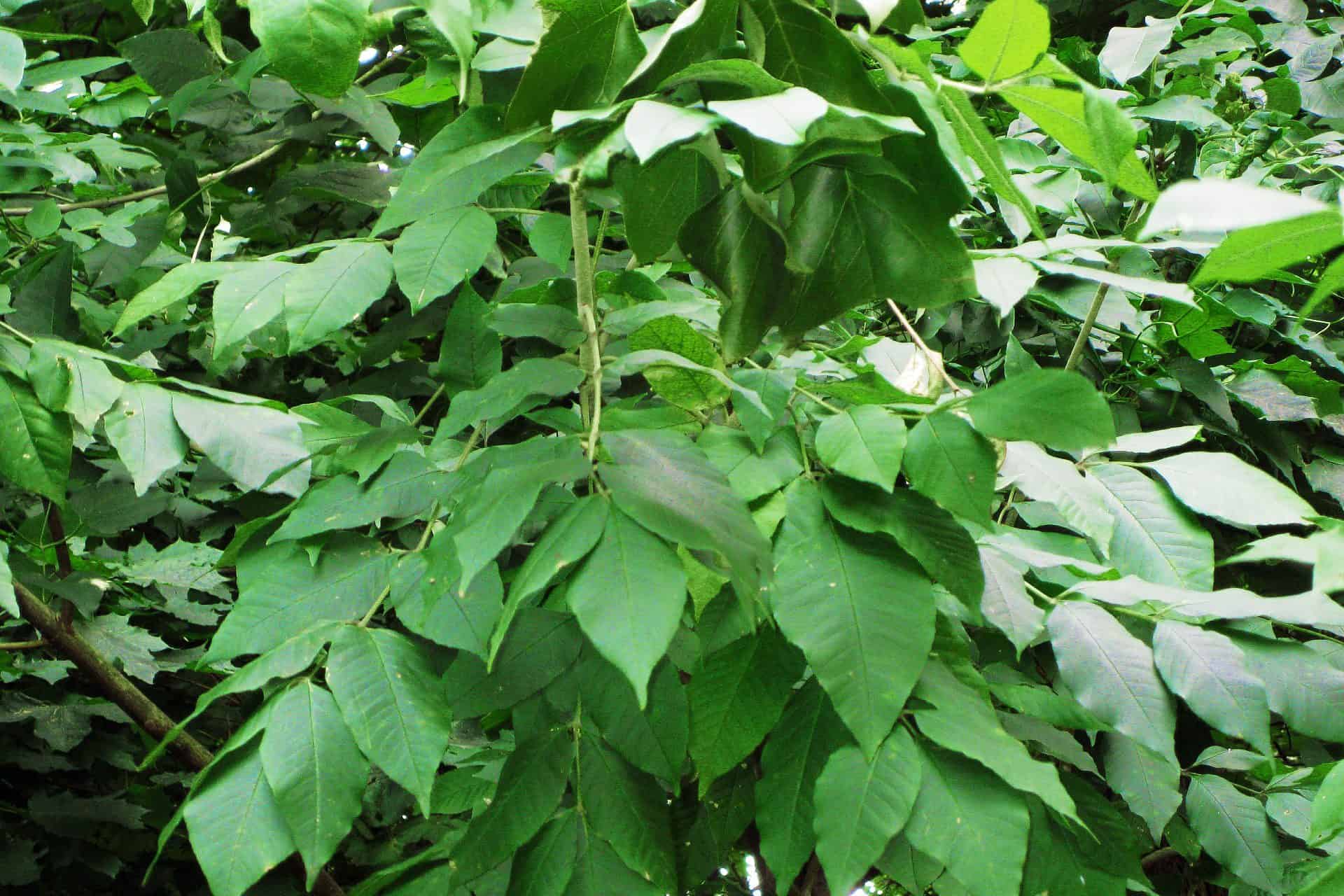
The tree goes by the name Biltmore Ash and is hardy in zones three to nine, reaching heights of 80 feet. Like most Ash trees, the White Ash leaves turn yellow in fall.
Fraxinus pennsylvanica var. subintegerrima
This Green Ash tree is growing on prairies and gardens for ornamental purposes. The tree is almost hairless on all parts of the tree compared to the Red Ash.
Green Ash Main Pests and Management
Borer Infestation
Monitor for signs of borers such as ash borer, lilac borer, and carpenter worm. Treat young trees by drenching the trunk with insecticide in spring. For more giant trees, seek professional assistance for trunk injection with insecticide.
Emerald Ash Borer
Watch for signs of infestation, including dieback and D-shaped exit holes. If detected, consult a professional for appropriate treatment options, including insecticide application or tree removal.
Fungal Diseases
Watch for anthracnose, verticillium wilt, and fungal leaf spot diseases. Prune away infected branches and ensure proper watering and fertilization to promote tree health. Apply fungicides as needed, following label instructions.
Ash Rust and Ash Yellows
Address weak trees promptly to prevent yellow-orange spots on leaves or pale green to yellow discoloration. Treat with fungicides or insecticide sprays according to the stage of infection.
Pest Management
Combat aphids, scale insects, and ash sawflies by regularly inspecting for signs like brittle branches and curling leaves. Apply appropriate insecticides or consider natural predators for control.
Overall Care
Maintain good tree health by regularly watering, fertilizing, and pruning diseased or dead branches. Implement proper cultural practices to minimize stress and enhance resilience against pests and diseases.
Frequently Asked Questions
If your tree does not get infested with EBA, your tree can live up to 120 years. That is a lifetime if taken care of to prevent infestations from occurring.
The oldest ash tree is found in North America at the age of 347+ years.
Where allowed to grow Green Ash is a fast-growing tree that grows two feet per year and can grow up to 25 feet in a decade.
Treatment frequency for ash trees varies depending on factors like infestation level, tree health, and local regulations.
Annual treatment may be necessary in areas heavily infested with pests like the emerald ash borer.
Healthy trees may require less frequent treatment, and the method used, such as systemic insecticides, can provide longer-lasting protection. Consulting with a professional arborist or extension service is recommended to assess the specific needs of your ash trees and determine an appropriate treatment schedule.
Regular monitoring for signs of infestation and prompt action, if pests are detected, can help maintain tree health and minimize the need for frequent treatments.
Whether you want to buy, sell or simply reach out to other plant enthusiasts, Plantly is the right place to be!
-
$35.99Sold By: Carlo's Plant Farm
In stock
2 JASMINE DOWNY – LIVE STARTER PLANTS LESS THAN 12 INCHES TALL
Rated 5.00 out of 5 based on 22 customer ratings00Sold By: Carlo's Plant Farm -
$9.99Sold By: Succulent Oasis
In stock
Medium Succulent Plant – Pachyveria ‘Little Jewel’
Rated 4.84 out of 5 based on 352 customer ratings01Sold By: Succulent Oasis -
$12.99Sold By: BubbleBlooms
In stock
String of Frogs, In a 2 Inch Pot, Frog Feet Plant, Ficus pumila Quercifolia, Oakleaf creeping fig
Only 90 available and it’s in 1 people’s basketRated 4.81 out of 5 based on 279 customer ratings00Sold By: BubbleBlooms -
$9.99Sold By: Succulent Oasis
In stock
Medium Succulent Plant – Echeveria ‘Mexican Snowball’
Rated 4.84 out of 5 based on 352 customer ratings01Sold By: Succulent Oasis

